The founder of Firecracker and Global Business Development Manager of Magnum Photos picks out her top five of 2017 – including Megan Doherty’s Instagram feed
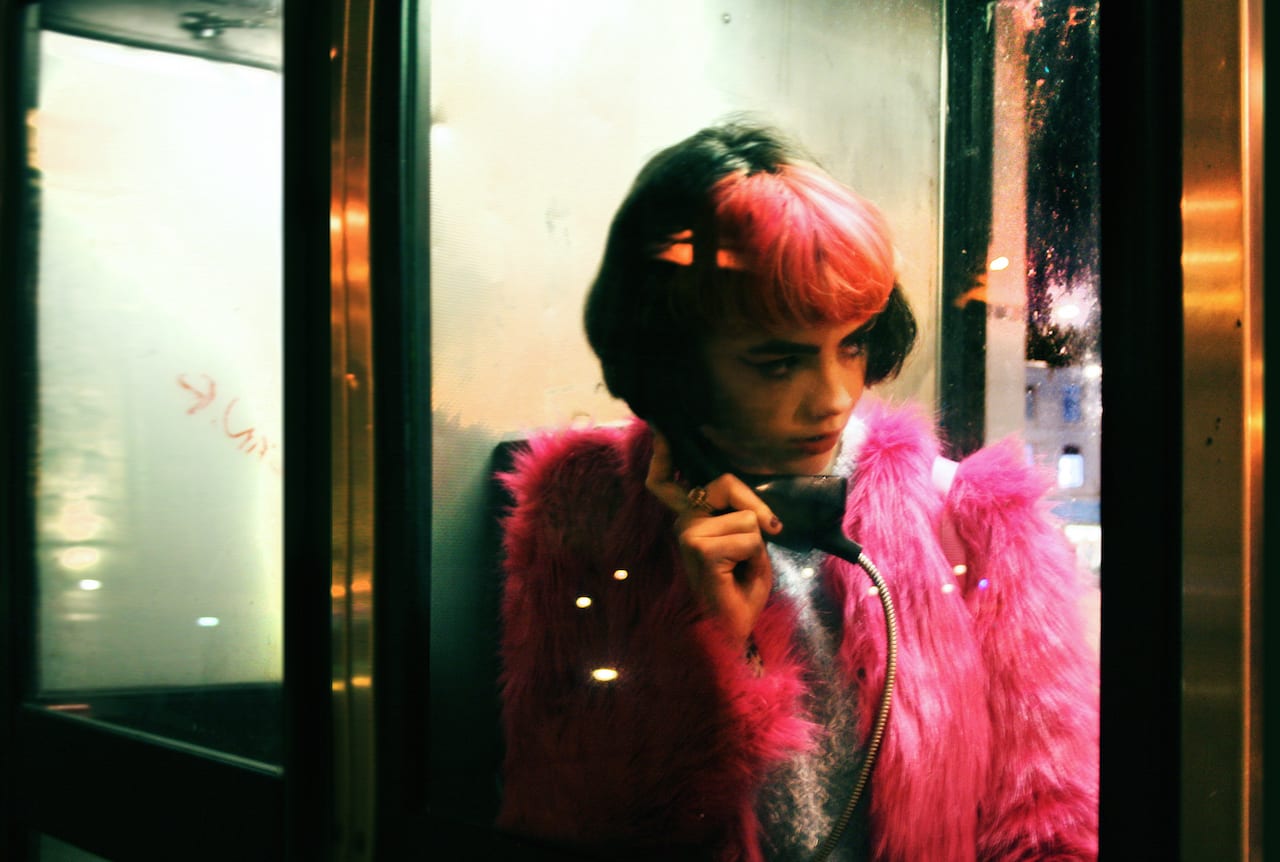

The founder of Firecracker and Global Business Development Manager of Magnum Photos picks out her top five of 2017 – including Megan Doherty’s Instagram feed

The British Journal of Photography’s editorial director picks out his top five of 2017 – including Sam Contis’ Deep Springs
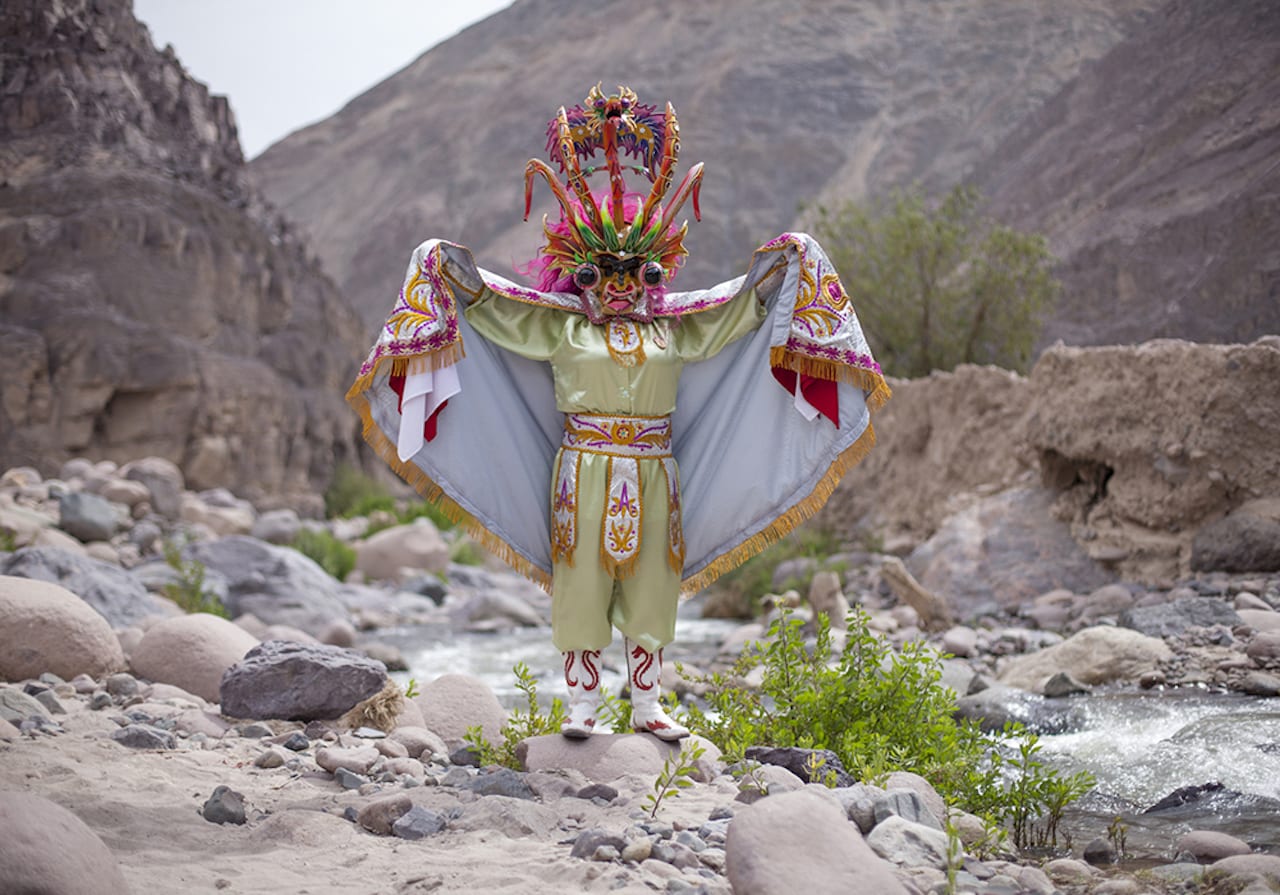
The photographer, director of the International Festival of Photography at Valparaiso, Chile, and editor of the South American photo magazine Sueño de la Razón picks his top five of 2017 – including Andres Figueroa’s photobook Bailarines del desierto
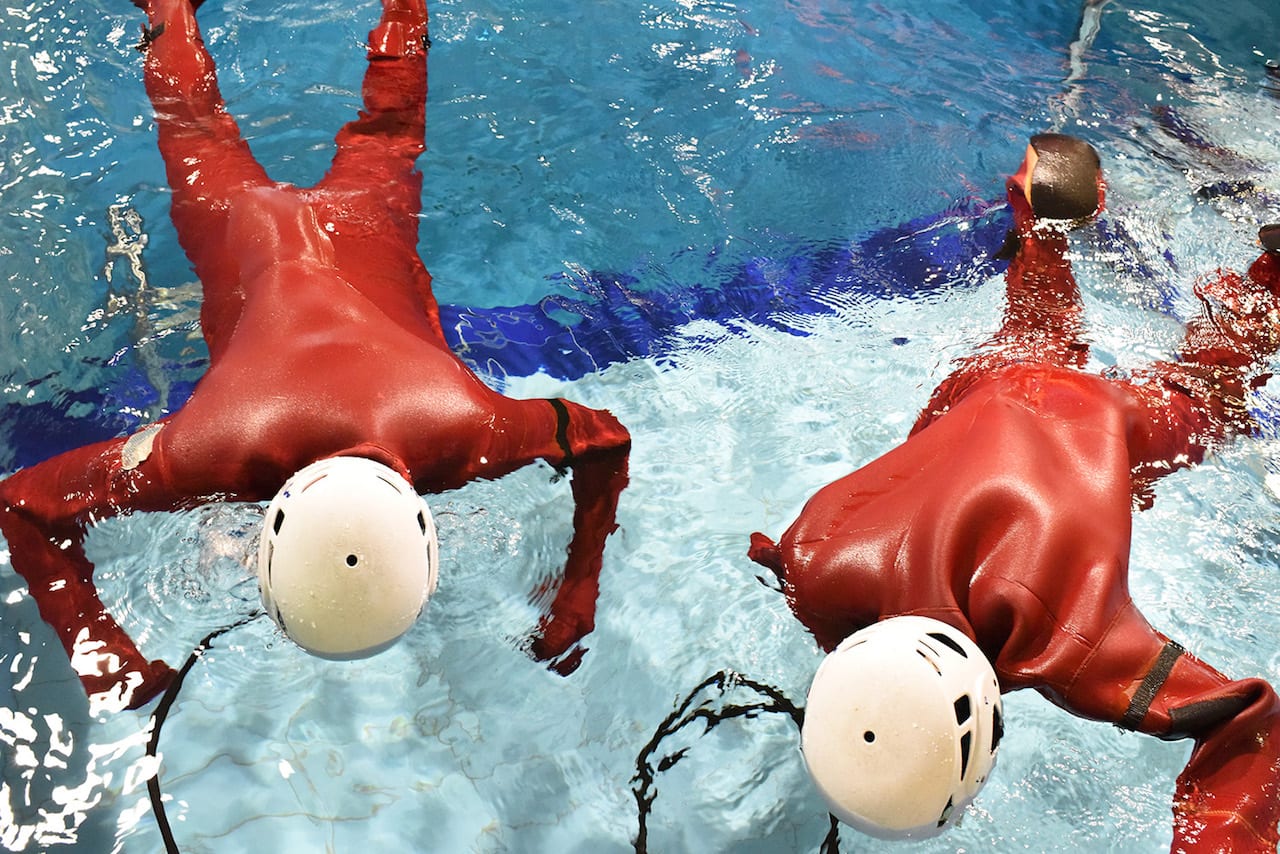
Vogue Italia’s picture editor picks out Monica Alcazar Duarte’s The New Colonists as one of her top five of 2017 – and throws in one more selection for luck
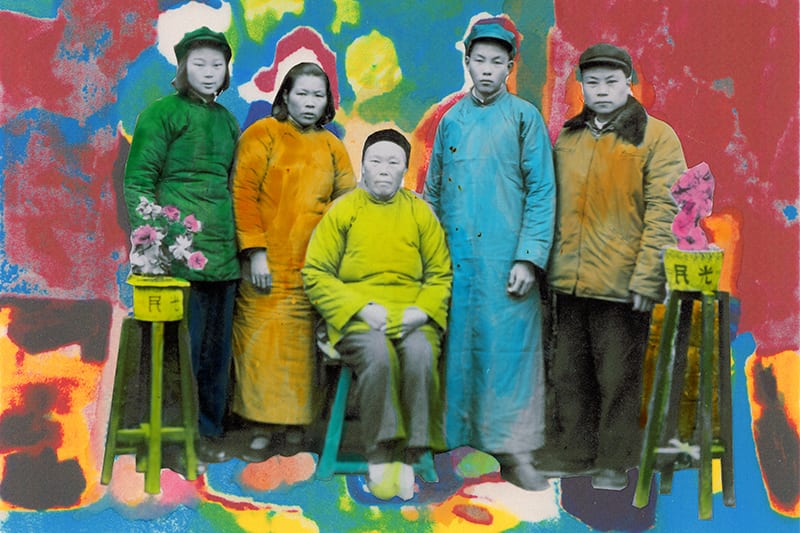
“I collect a lot of stuff, and sometimes I like to see it as raw material I could use to tell another story and do something new,” says Thomas Sauvin. Hand-colored, his project with Chinese animator Lei Lei, is a good case in point. A collection of 1168 images which have been scanned, reprinted and repainted in bright, deliberately artificial colours, it’s the opposite of the usual archive work. But it’s part of the Beijing Silvermine Archive, he says, a collection of negatives Sauvin first started up by salvaging strips from a recycling plant in the Chinese city.
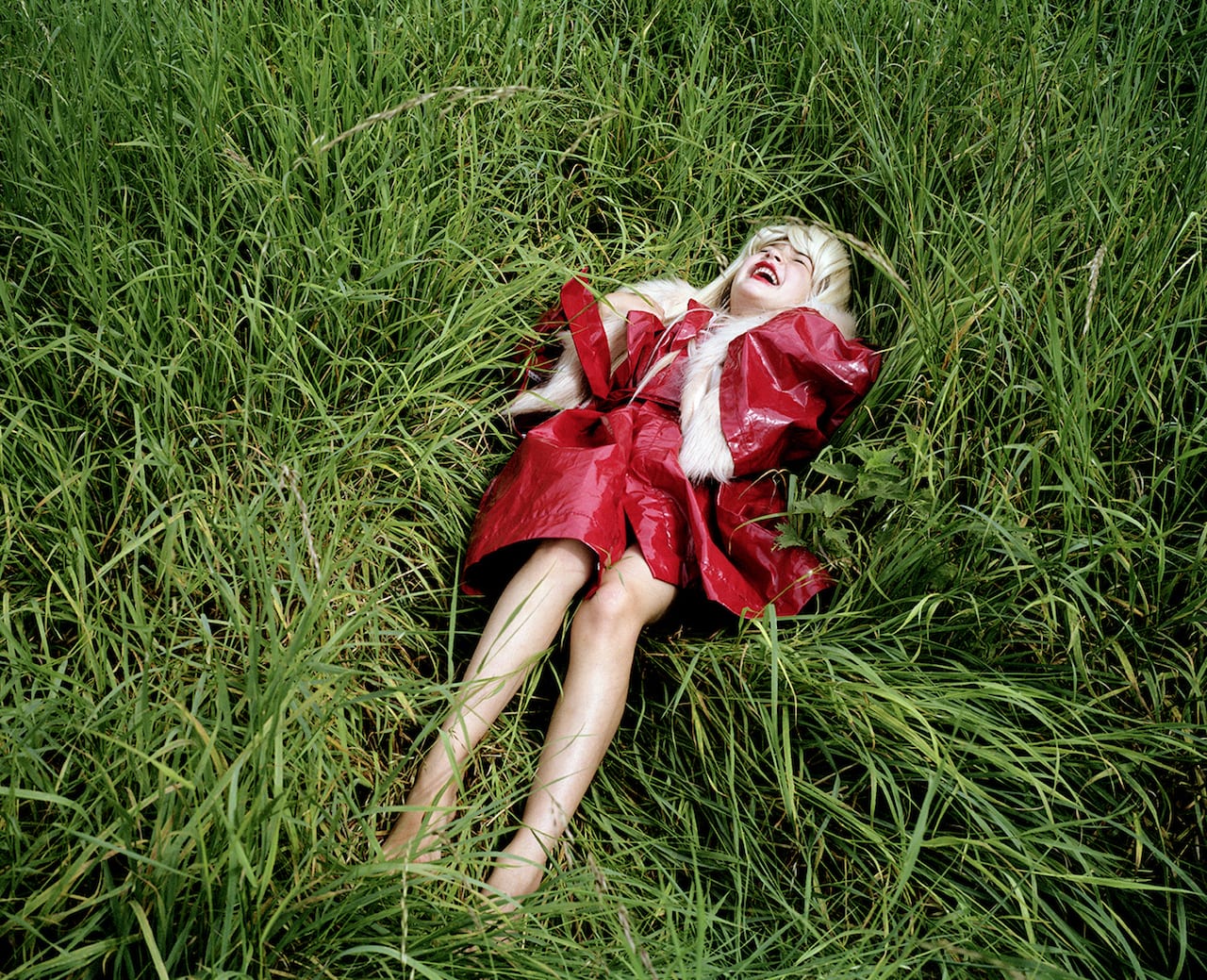
Inspired by personal identity, the natural world, and the fear of dying, the three young artists in this year’s Jerwood/Photoworks Awards exhibition are presenting very different work. Picked out as winners in January 2017, all three have received a year of mentoring on their work from industry specialists such as photographer Mitch Epstein, publisher Michael Mack, and gallerist Maureen Paley. They each also received a bursary of £5000 and access to a production fund of another £5000, to make new work which goes on show in London’s Jerwood Space from 17 January-11 March then tours to Bradford and Belfast.
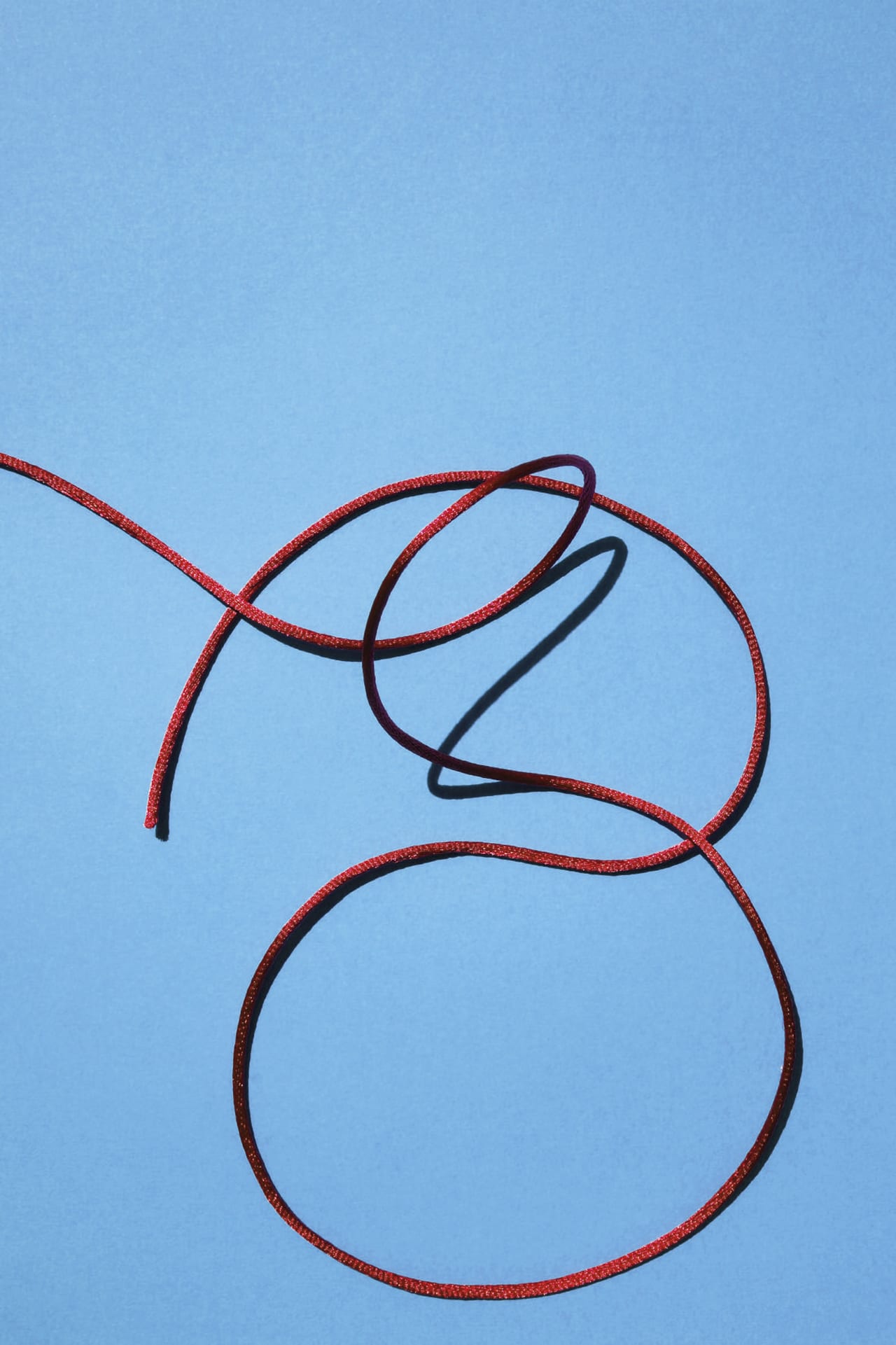
Jessica Backhaus’ A Trilogy was born out of intuition. After 2015’s Six Degrees of Freedom, a project that saw the Berlin-based artist confronting personal topics of “identity, family, origin and memory” she craved something new; something rooted in minimalism and abstraction that would be wholly artistic and natural. Published now by Kehrer Verlag, the resulting book is a triptych of sorts, in which Backhaus takes her experimental sensibilities to a place of lucid colour, playful collage, and radical reduction. “I felt a cycle was finishing,” she says. “After Six Degrees of Freedom I felt empty, but not in a negative way. It was liberating. That notion of emptiness and void made me listen to how I was feeling.”

“The British Landscape…is a long-term ongoing project about the enormous changes that have taken place in the UK – the world’s first industrial society and the first to de-industrialise,” says John Davies. “Much of Britain’s infrastructure and the rapid expansion of industrial cities were created through the unprecedented growth of the Industrial Revolution. By the early 1980s, when I started this project, many of these large-scale industries and industrial communities were in terminal decline.”
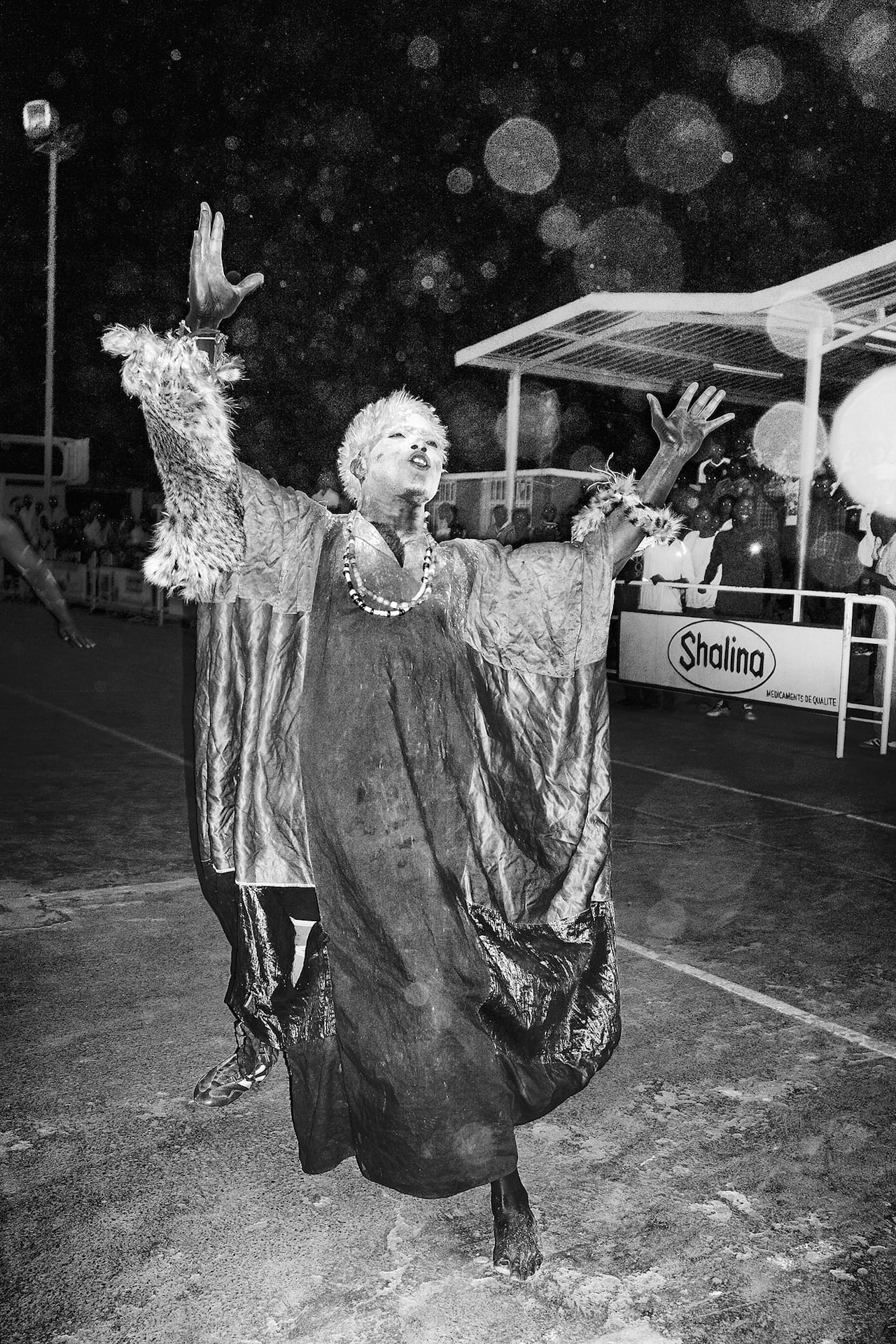
Pongo has won the prize for his ongoing series The Uncanny, which is shot in The Congo. Born in Belgium in 1988 to a Belgian mother and a Congolese father, Pongo started the project as an attempt to reconnect with his Congolese heritage. He first visited the country in 2011, staying with his Congolese family – most of whom he had never met before – and arriving as the DRC held its second ever democratic elections, for both Presidential and Legislative positions. “I am conscious that photographing in the Congo, as a photographer educated in Europe, reveals my own limitations (in accessing and understanding the environment), bias, and stereotypes,” he says. “However, by turning to a more personal story and documenting my confrontation with my family, the country, and by relying on friends and siblings to introduce me to their visions of this environment, I hope to be able to overcome some of these limitations.